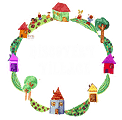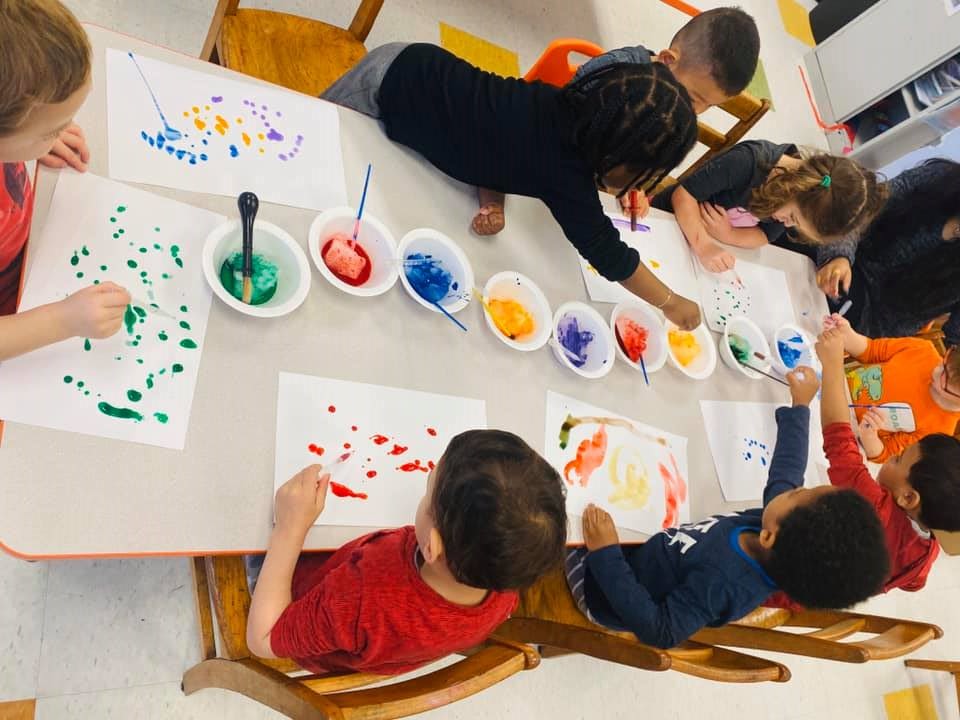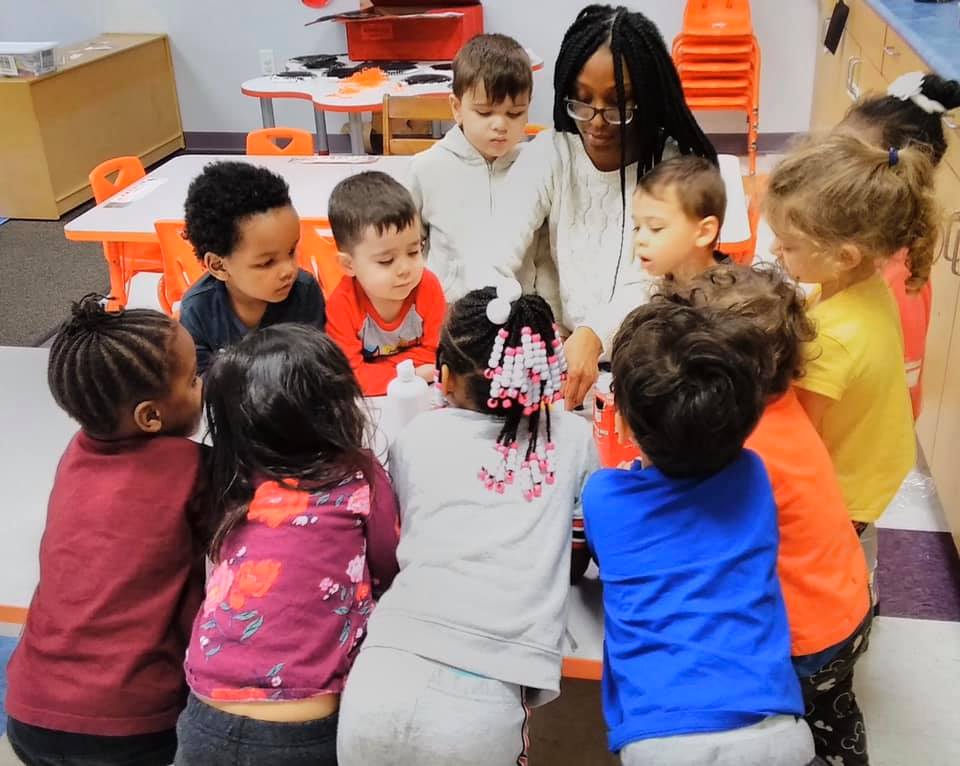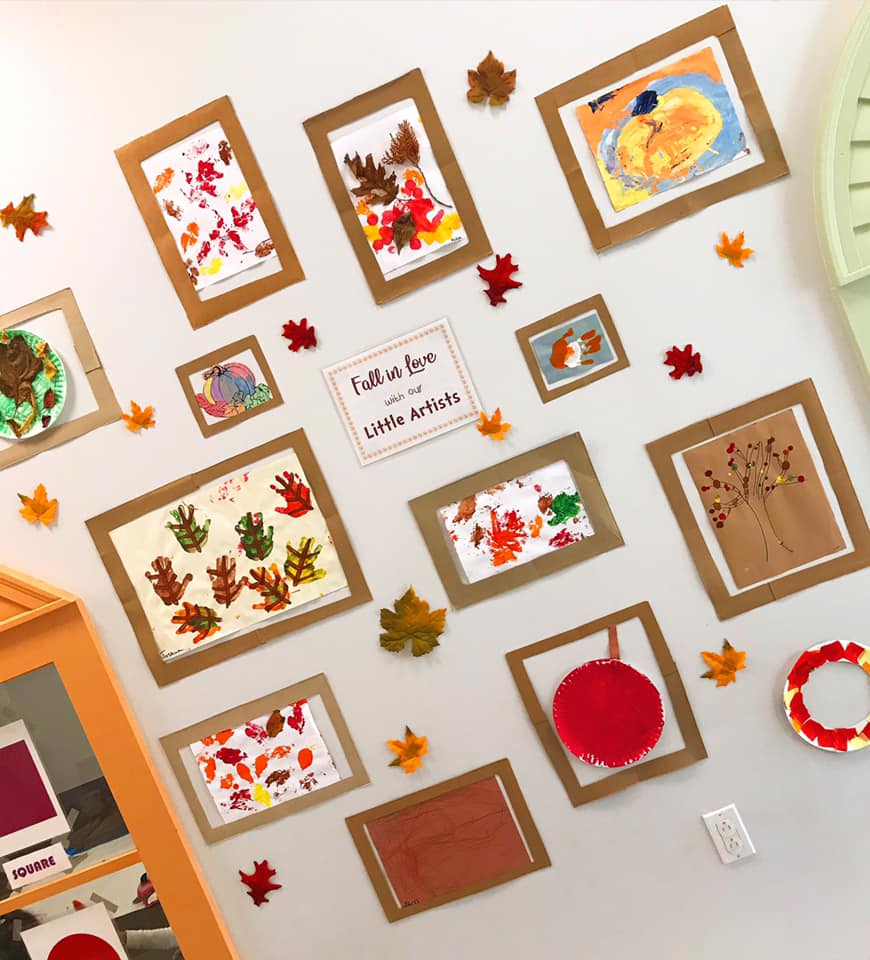The early years of a child’s life are critical. Children absorb more information than we realize like sponges. They develop through their interactions with the world as they discover things for themselves.
As a parent, you make dozens of decisions to support your child’s health, growth, and development each day. For instance, one of the most crucial choices that working parents have to make is choosing the most qualified place to care for their children while they are away. Many families search for quality daycare near White Plains. Since their kids will spend a significant amount of time in these environments, it’s understandable why parents put so much time and effort into researching before making their decision.
When evaluating daycare near White Plains, it is essential to consider their curriculum. Why? Because it sets the tone for every activity in the center. If you want your little one to pick up foundational skills before formal school starts, crayons and flashcards may not be the answer for your energetic child. Both a parent and kid-friendly solution to this issue is structured play. But can a child learn while they are playing and having fun?
What is a structured play?
The good thing about the structured play is that it does not have to take up more precious time than is necessary. Structured playtime, also known as “play with a purpose”, combines an enjoyable activity with a learning objective. It can take on different forms — physical or mental — which keep the children active while learning. In this setting, the activities support kids in learning fundamental skills with adult supervision. Some people refer to these skills as the ABCs, which stand for agility, balance, coordination, and speed.
Structured activities such as following directions to assemble a Lego-theme set or playing card games with a set of rules can develop these skills. If you’re teaching your child how to fold their clothes, let them match socks and count afterward to see how many he or she can match correctly. Working in some physical activity helps too.
Overall, structured play supports children’s competence and confidence, which helps them get comfortable in trying a variety of activities in different settings.
Some parents question if they should add structured play to their child’s schedule if it means taking away their regular playtime. It is important to know that not every session should have an objective or task to complete. You can provide them with at least an hour of structured activities every day, especially if they are already getting structured play through a child care curriculum. The best practice would be to break down that 60-minutes of play into smaller chunks to allow your child to concentrate.
4 Ways to Prepare Your Kids for Kindergarten with Structured Play
A structured playtime is an option that both parents and teachers rely on to help children learn and grow. If you want to close the gap between an early child care program and a kindergarten, here are four ways to do it:
Always set clear expectations
Some parents believe that there shouldn’t be any expectations for their kids at an early age. However, instructors believe that with clear expectations, children will learn how to cope with them successfully. For instance, teachers should introduce teacher-designed expectations in most activities, so children can learn to be accountable for the proper completion and quality of the task.
Establish classroom rules
Rules are essential to a childcare curriculum since it helps them prepare for kindergarten, while at the same time improves their day-to-day conduct. These children should know how to sit correctly with both feet in front of them, work quietly, and put their used materials back to their original place after completing a task.
Emphasis on classroom routine
For the first few weeks, teachers should clearly teach the kids the habits and expectations of the classroom and schedule. Reinforcing the desired behaviors during each activity goes a long way.
Promote independent working
Some of the physical and social activities in the structured play don’t always promote independent work. To help the children learn independent working, teachers need to decrease the amount of guidance they give their students. If any problems arise, they should encourage the child to resolve the issue on their own instead of spoon-feeding them the answer.
Whether your child is six weeks or 12 years old, you wouldn’t want to send your kid just anywhere. You would want to find a child care center that cares for your child as well as you would and supports optimal development. At Discovery Village Center, that is precisely the kind of environment we will create for your child. Nothing is better than seeing your kid smile during their structured play. If you want to see the benefits of our quality child care curriculum first-hand, schedule a tour today and discover the beauty of our quality daycare near White Plains.







